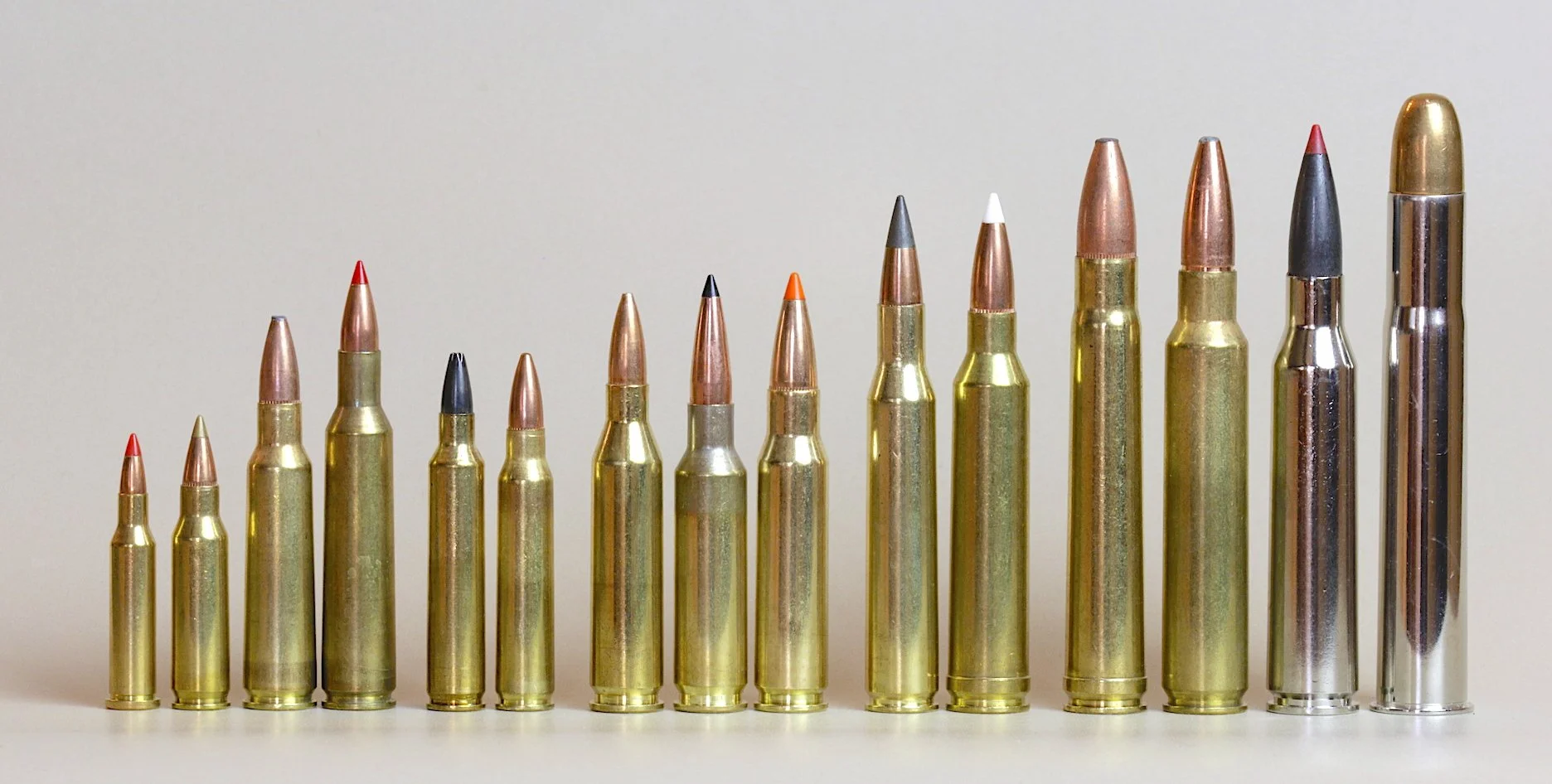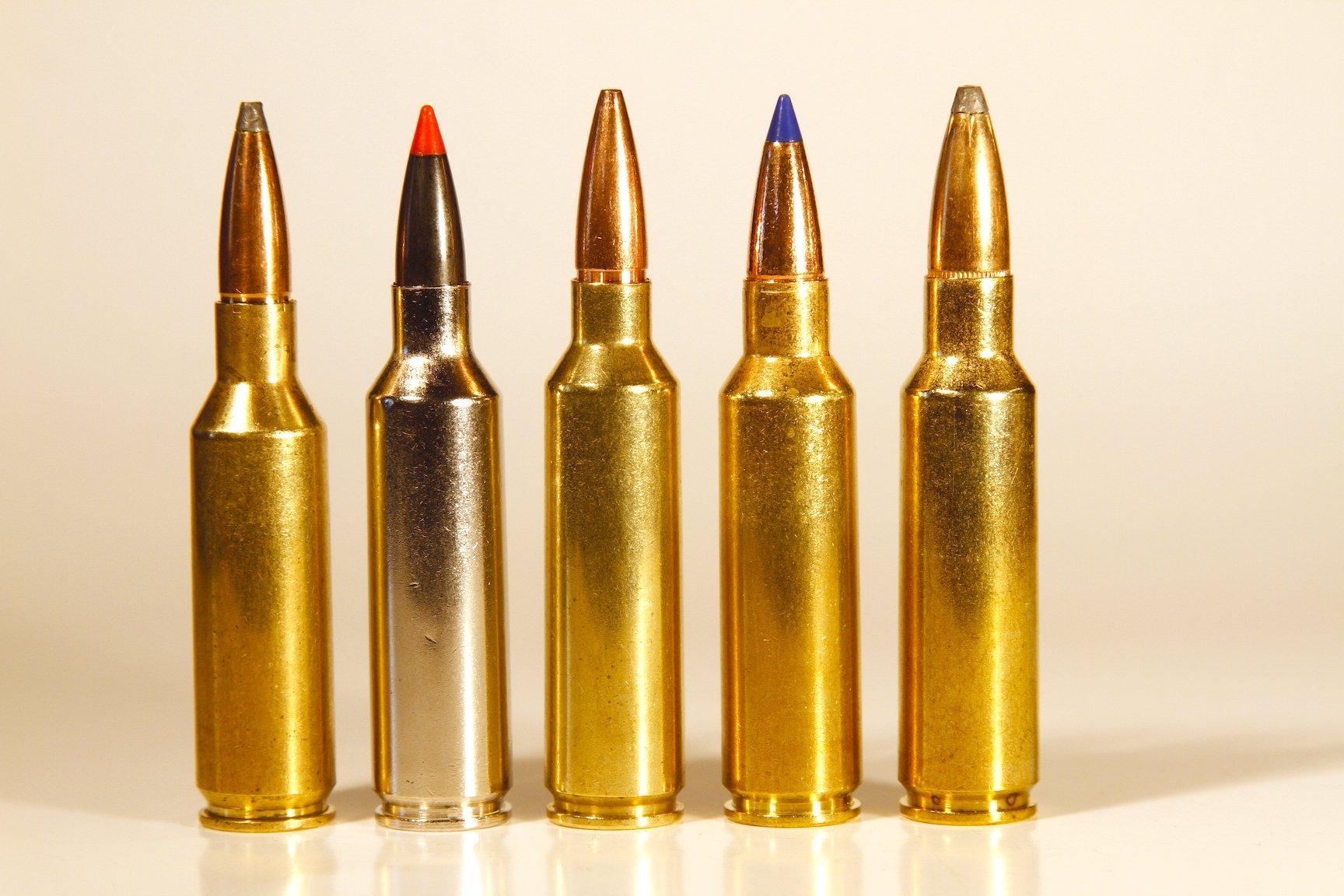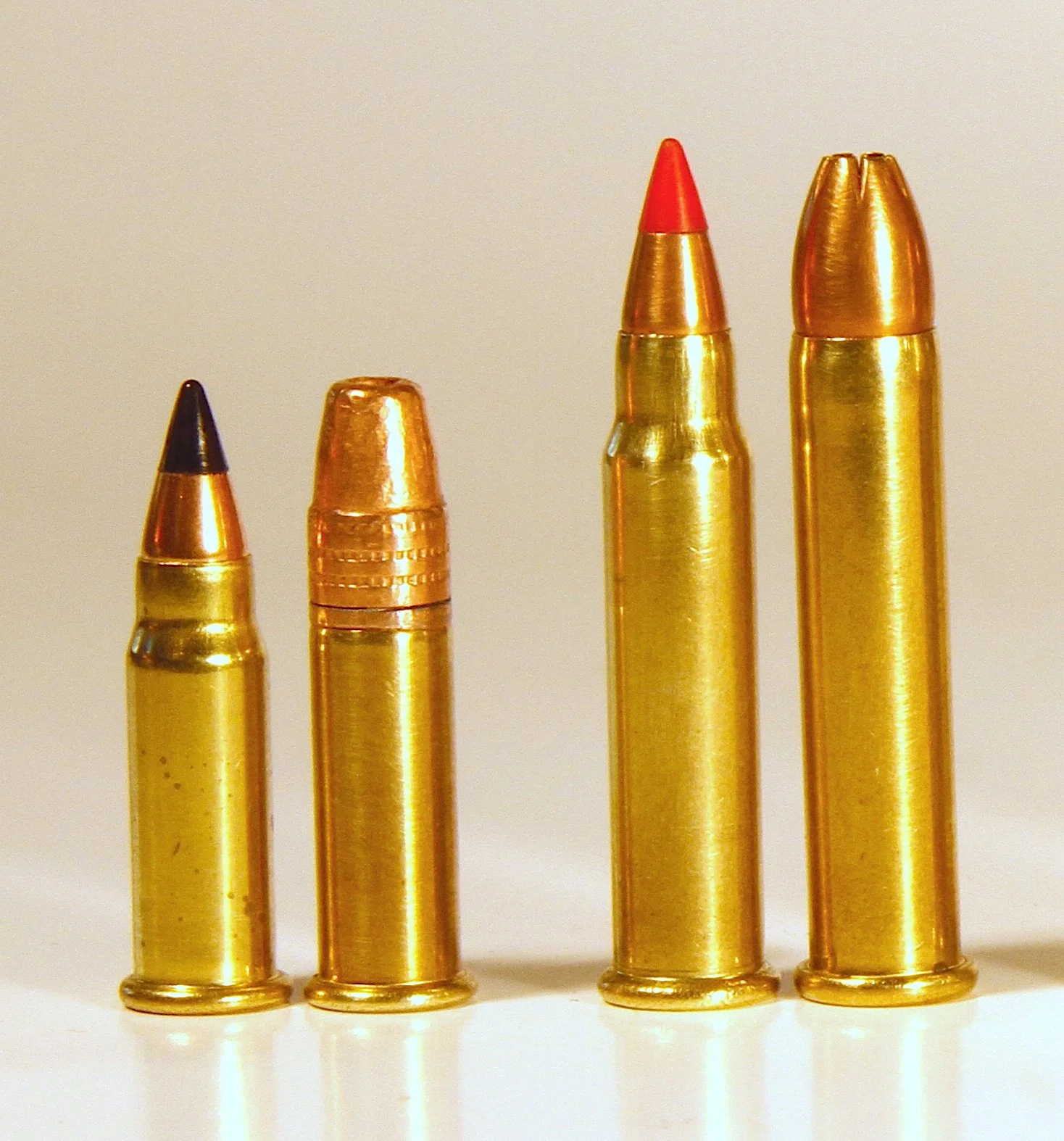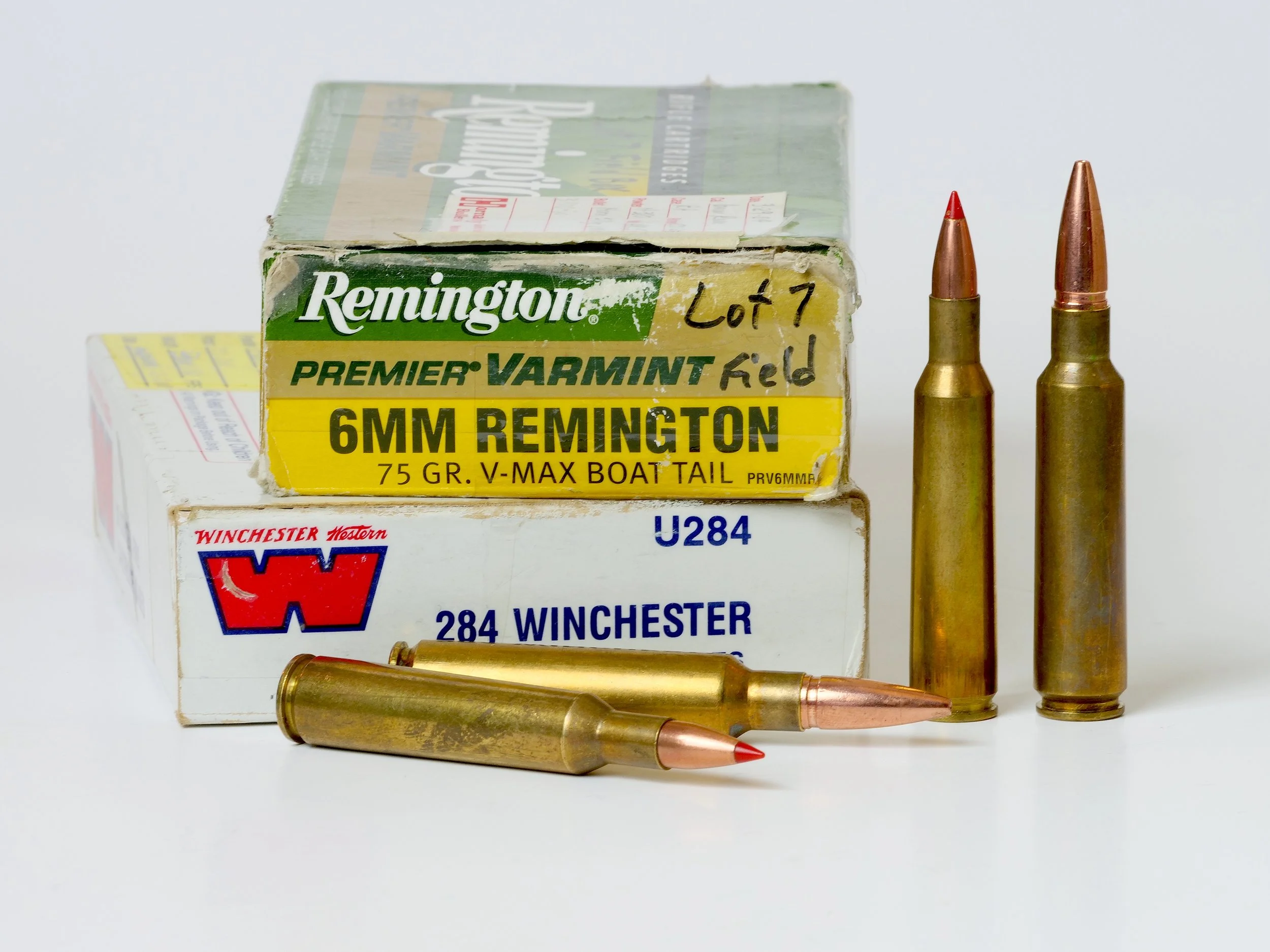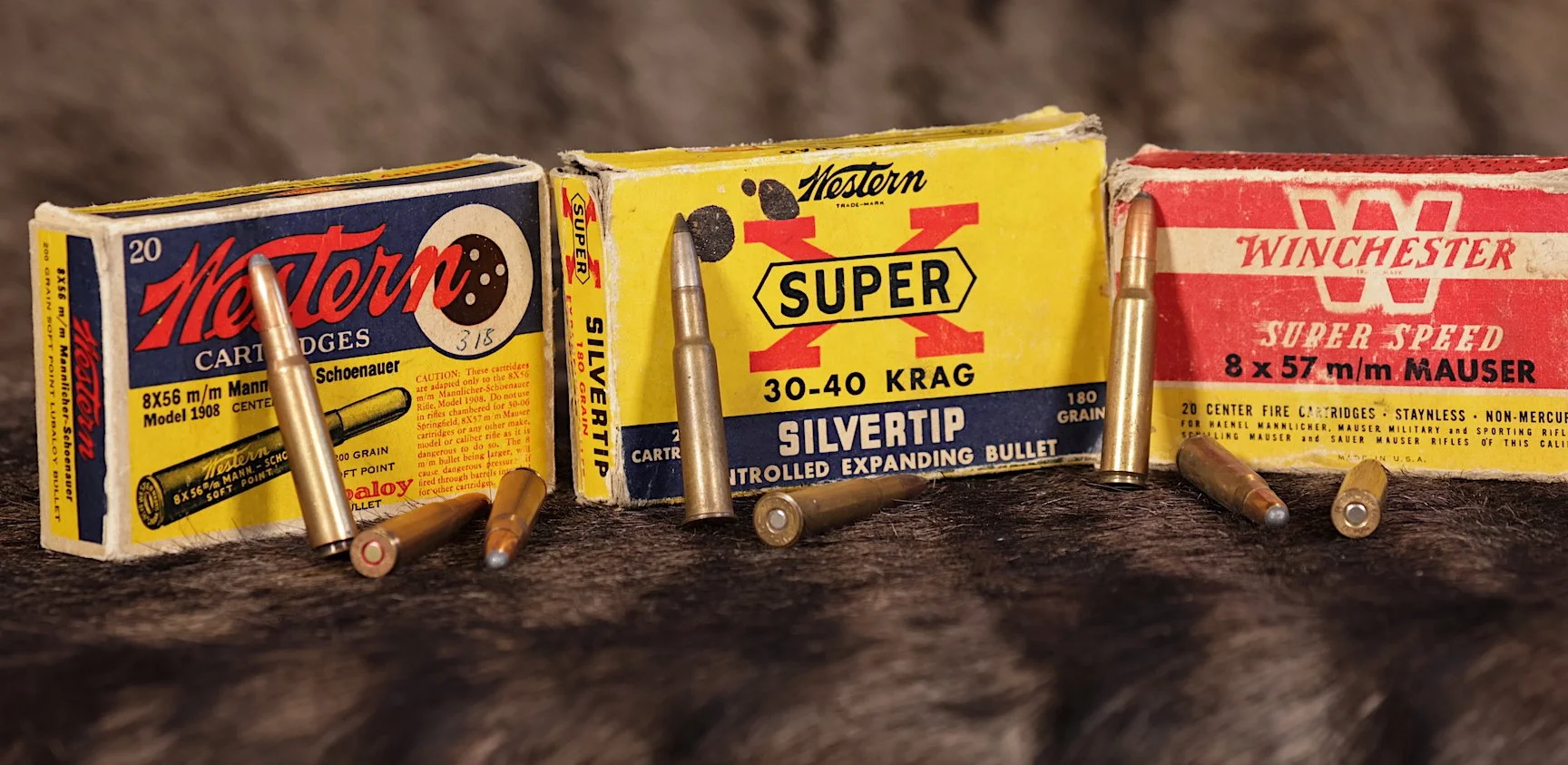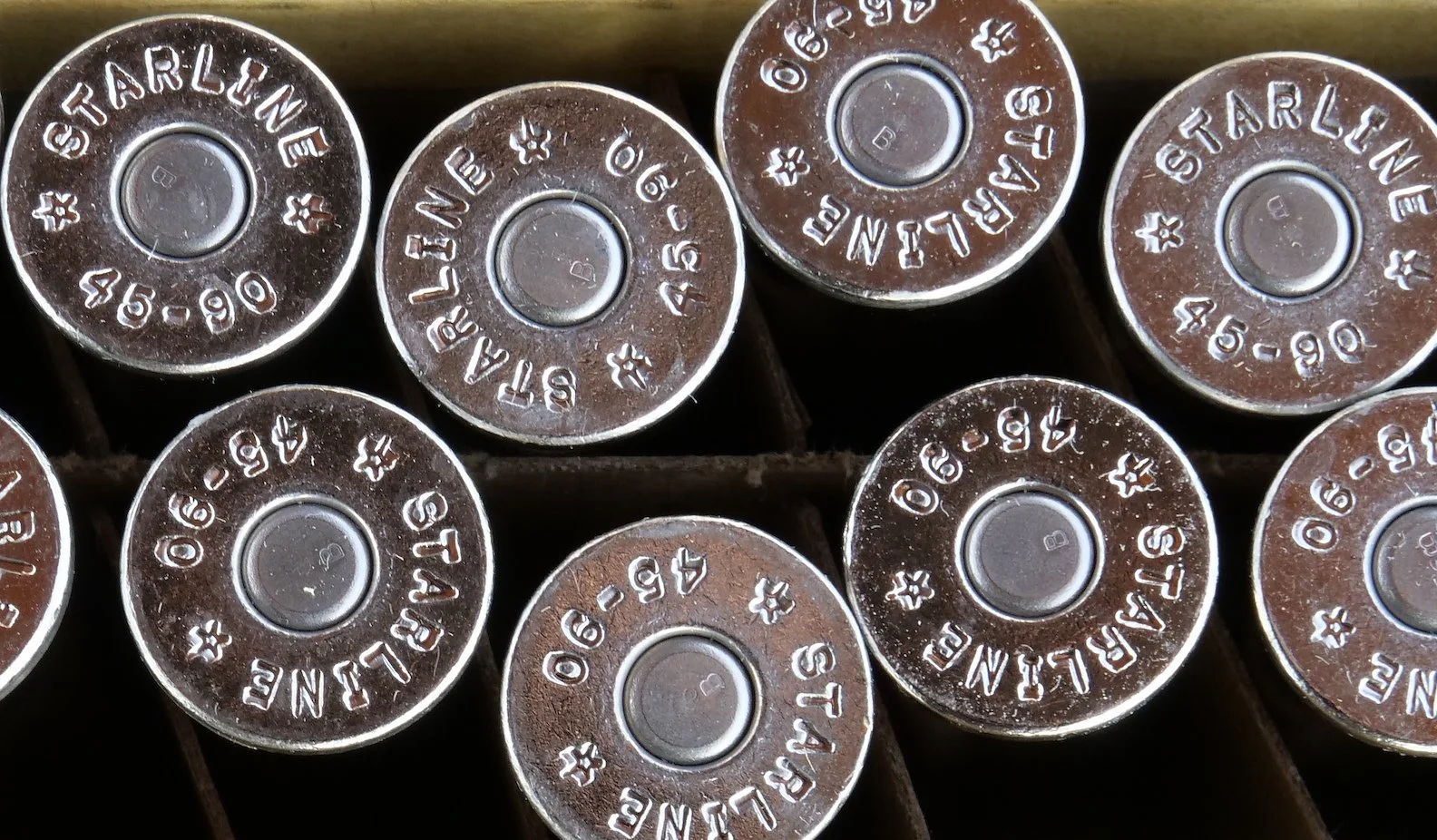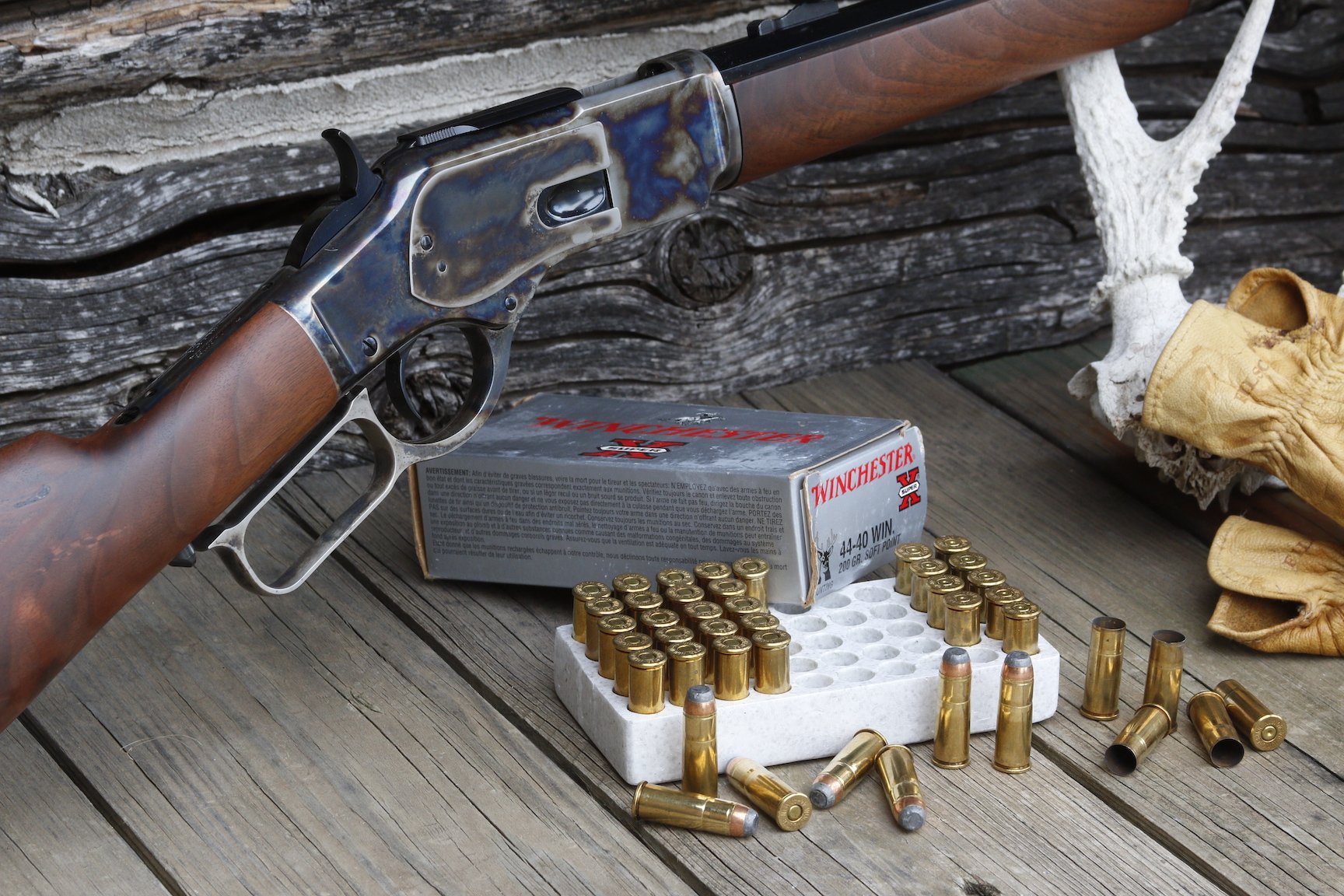New Cartridges Are Old News
“Why do gun and ammo companies keep introducing redundant, superfluous new cartridges when they can’t supply demand for the old standards? When are they going to stop?”
Never. You might as well expect software engineers to stop releasing update 7.3. Tinkering and innovation, the need to tweak and create, are genetically programmed into humans. New cars, new phones, new light bulbs, new laundry detergents. It never stops.
The flurry of recent 6.5mm, 7mm, and 270 cartridges makes it seem as if cartridge designers have gone mad, but new rifle cartridges are nothing new. Cartridge designers have been introducing new rounds almost annually since 1873. And many, if not most, of those rounds have faded away. Remember the 25-36 Marlin? The 22 Winchester Centerfire? I rest my case.
The old Marlins and Winchesters of the late 19th century might be expected to have drifted off to the cartridge graveyard, but modern rounds released within the last 20 years? Say hello to the 25 Winchester Super Short Magnum. This 2004 release was one of the short-fat cartridges that seemed to be taking over the shooting world in the early years of the 21st century. It evolved from the not quite as short but just as fat 300 WSM. That short-action magnum evolved into the 270 WSM and 7mm WSM before Winchester took the saw to them, chopping case length from 2.1 inches to 1.67-inches. That’s shorter than the 223 Remington! On a case .157-inch fatter! This was no slight tweak of the same old same old. But the WSSMs still faded away. And quickly.
The 25-caliber family is not large, but the stubby 25 WSSM of 2004 could not hang with the group. I don’t believe anyone chambers rifles for it anymore. The 25 Remington on far right was another casualty, but the 250 Savage, 257 Roberts, 257 Weatherby and 25-06 Remington are hanging in there.
Not to miss the short-fat party, Remington countered with its slightly less fat 300 and 7mm SAUMs. None of these are making a splash on the Top Ten Selling centerfires list, although the 7mm version is becoming more and more popular as a parent cartridge for wildcats. Those who realize it matches 280 AI performance in a short-action are poised to carry lighter rifles up hill and down.
I suspect most of the short-fats fizzled due to lost magazine capacity. You generally sacrifice one round with those wider cases. The 223 WSSM also faded when it was accused of burning out barrels. The 243 WSSM didn’t seem to offer enough advantage over the 243 Winchester to justify giving up magazine capacity. The 25 WSSM matched the performance of the 25-06 Remington, but also sacrificed magazine capacity. The 300 SAUM was a half-step behind the 300 WSM, so it hung its head and slunk away. I’m not sure how deeply the 300 and 338 Ruger Compact Magnums are breathing, but I suspect they’re on oxygen. So it is we’re waving bye bye to so many of the 2000 innovations.
7mm SAUM, 270 WSM, 7mm WSM, 300 WSM, 325 WSM. Came in gangbusters. Faded fast. Except for the 300 WSM.
The question, of course, is why do these companies rush out with such a rash of new options? We can’t know absolutely, but can surmise: they guess a jaded shooting community is ripe for something wildly new, something reflecting a new age. The 223 WSSM was probably supposed to replace the 220 Swift, a product of the 1930s long since faded. The 243 WSSM was surely going to supersede 1955’s 243 Winchester. And the 25 WSSM? Winchester hadn’t produced a 25 caliber since the 25-35 WCF of 1895! Updates were needed!
A less generous assumption is that Winchester “just wanted to sell more product!” Well, duh. What business doesn’t want to sell more products? This is the American way. Build a better mouse trap and… But no one forces us to buy anyone’s mouse trap, so companies risk their R&D, take a stab, and go back to the drawing board. And every now and then they hit a home run. Like the 17 HMR and 6.5 Creedmoor. Who would have predicted either of those would have been a hit?
Who, at the start of the 21st century, would have predicted that necking a 22 Win. Mag. down to 17-caliber (17 HMR) would have been a major hit, but necking a 22 Long Rifle to .17 (the 17 Mach 2) would have been a flop?
Slide back to the 1960s and you’ll discover the same phenomenon. Remember the 6.5 Rem. Mag. of 1966? Or the 350 Rem. Mag. of the same year? No? That’s because they were about as long lived as love beads and Go-Go boots.
Back in 1958 Remington came out with their hot new 222 Remington Magnum, adding 200 fps velocity to the 222 Remington they’d introduced just 8 years earlier. Whoo hooo, this was the one to have. Until six years later when they unleashed the 223 Rem and the 222 Rem. Mag. was slapped onto a gurney and wheeled to the morgue.
Such self-inflicted wounding didn’t start in the 1960s either. In 1955 Winchester came out with the 243 Win. even though they knew good and well Remington was about to drop its 244. Both cartridges didn’t do much more than the older 257 Roberts wasn’t already doing, so why both? Well, neither of the big two were going to yield the field. Winchester happened to win the competition even though their entry was 100 fps slower than the Remington. Why? Same reason the 6.5 Creedmoor beat out the 260 Remington. Faster twist rate to stabilize heavier bullets. The 243 Winchester went on to become the most popular 24-caliber in the world; the 244 Remington sought a name change and drifted into near obsolescence as the 6mm Remington.
Don’t judge Remington too harshly for it’s 244 Remington cartridge (later re-named 6mm Rem. in an attempt to resurrect it.) Winchester matched that marketing mishap with its excellent but widely overlooked 284 Winchester, the first USA cartridge featuring a rebated rim. The 6mm bests 243 Win. performance by about 100 fps. The 284 nearly matches 280 Rem. and 270 Win. performance in a short-action. It has gotten a new lease on life as an extreme range target round pushing high B.C. 175- and 180-grain bullets.
As you’ve probably guessed by now, redundant cartridge procreation didn’t start in the 1950s either. In 1937 Winchester gave us the short-lived 219 Zipper, a 22-caliber with flat-nosed bullets for the Model 64 lever-action. They’d just released the 220 Swift two years earlier in the bolt-action Model 54, and in 1936 they released the M70 in 220 Swift. What did they think a 55-grain flat-nose at 3,100 fps had to offer compared to the Swift? They stopped making it 25 years later. Oh well, it did about as well as the 22 Savage High-Power of 1912. That one expired in the early 1930s.
Many other rounds came and went in the 20th century, but the heyday for new releases was 1900 to 1910. This is by no means a complete list, but how about the:
25 Remington,
30 Remington,
32 Winchester Self-Loading,
32 Remington
32 Ideal
33 Winchester
35 Winchester,
35 Winchester Self-Loading,
351 Winchester Self-Loading
401 Winchester Self Loading
405 Winchester
Of those, I doubt many of us remember any but perhaps the 25 and 32 Remington and the big 405 Winchester.
Long though this list of short-lived cartridges already is, no era beats 1873 through 1895. Literally dozens of cartridges lifted off and crashed. Some exploded on the launchpad, some fell faster than the trajectory of bowling ball thrown by a ten year old. Here are some unfamiliar cartridge names that should leave you scratching your head:
32-35 Stevens & Maynard
32-40 Remington
32 Long
38-45 Stevens
38-50 Maynard
38-56 Winchester,
38-90 Winchester,
40-60 Marlin,
40-65 Ballard Everlasting (oxymoron)
40-90 Sharps Necked
40-70 Winchester
40-70 Peabody What Cheer
44-100 Remington Creedmoor
44-60 Peabody Creedmoor
45-125 Sharps
50-115 Bullard
Starline still manufactures brass cases for many old cartridges, helping handloaders to keep them shooting.
There were good excuses for new cartridge excesses in that era. The self-contained, centerfire cartridge was new and everyone was experimenting. Blackpowder velocities couldn’t be pushed much faster than about 1,700 fps, so calibers were 32 or larger. And then came the transition to early smokeless powders which made narrow bullets atop bottlenecked cartridges more effective than ever. The velocity rush was on. Finally, various startup companies were trying to grab market share and make a splash. It was like the rush of automobile manufactures that would rise and fall in the early 20th century.
Yes, superfluous, redundant new centerfire rifle cartridges in every width, length and caliber have been blossoming, wilting, and reconstituting with slightly new shapes and sparkling new names since Winchester’s creation of the 44-40. My rough count of the brass corpses lands right at 150.
Will this drum roll of failed cartridges convince gun and ammo companies to stop burdening us with even more variations on the theme? No. You can’t stop innovation and experimentation. And you never know when you might score a new, top 10 hit. Or when your last hit turns into a flash in the pan. Who knows, five years from now the 6.5 Creedmoor might get put to pasture by the 6.5mm Atomic Warp Speed. Hang onto your man buns.


